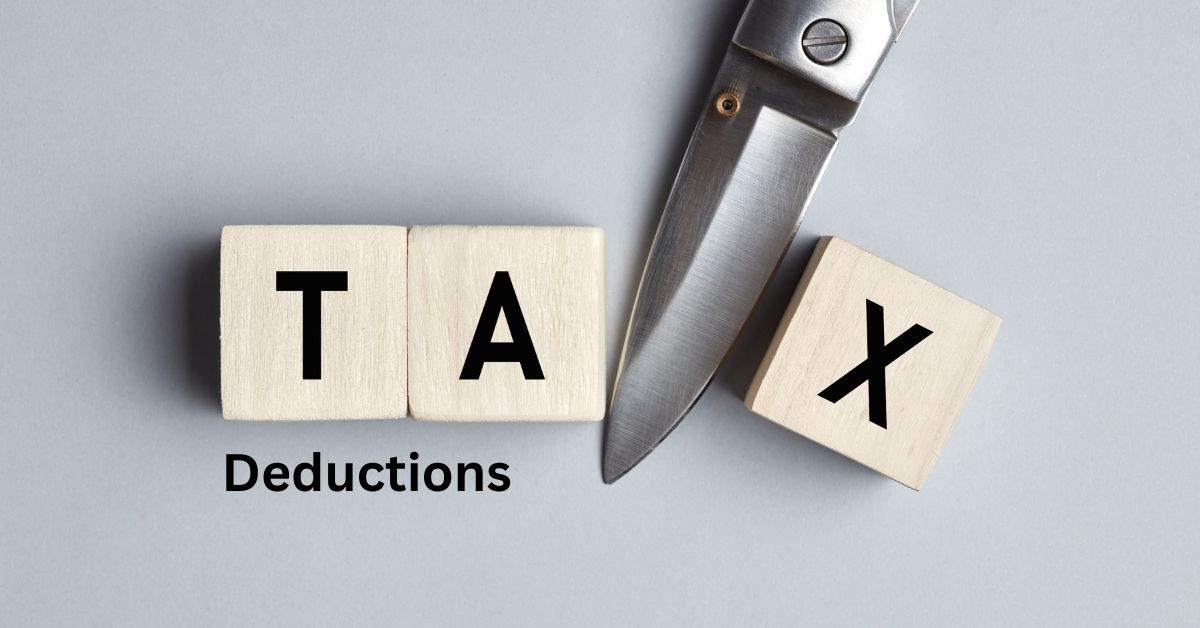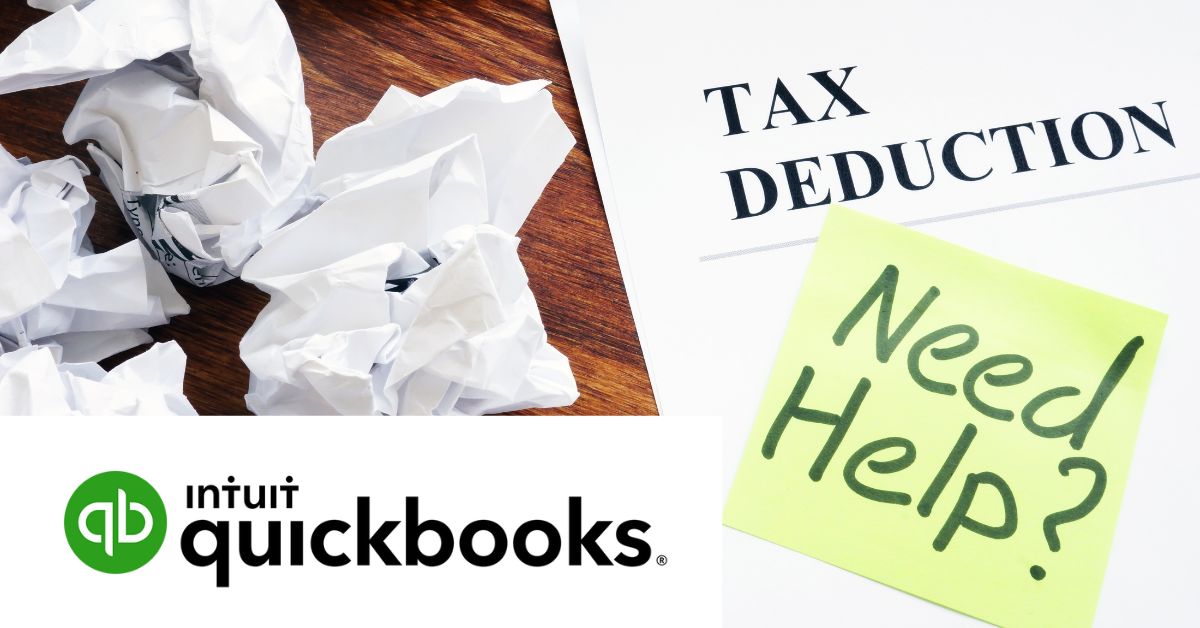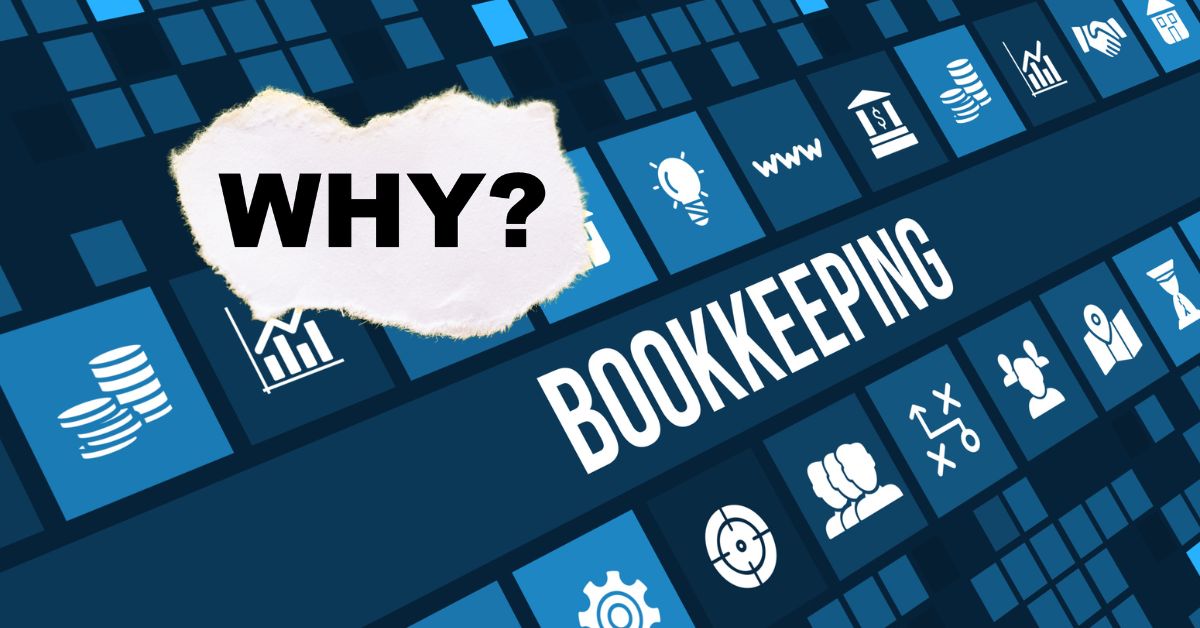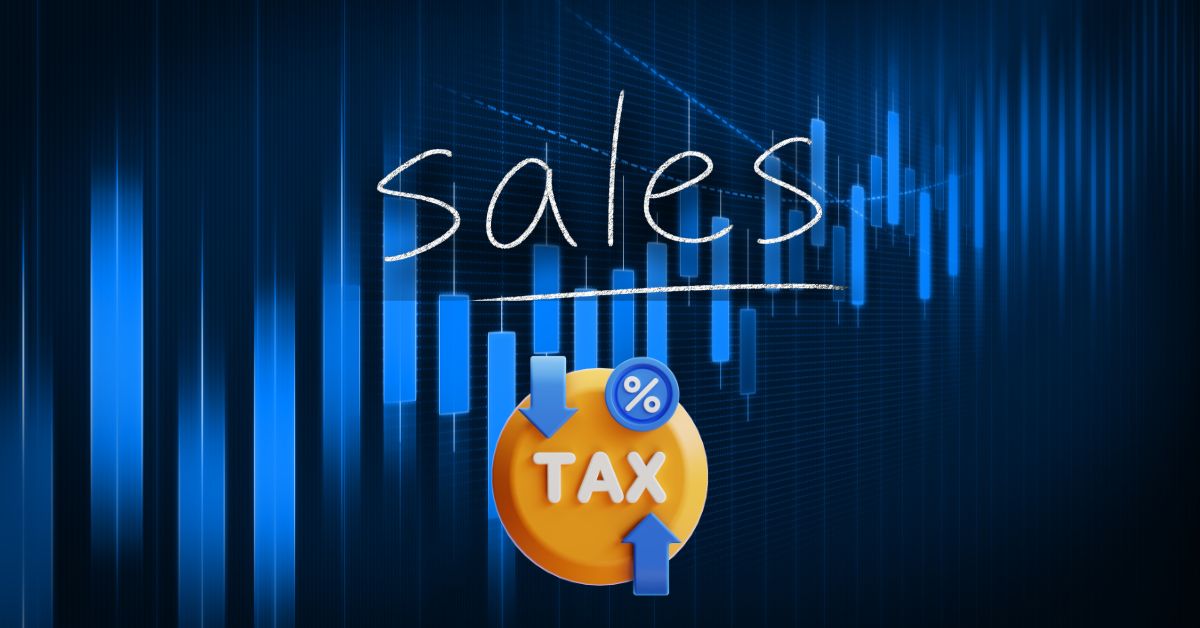If you’re self-employed, you’re familiar with the higher taxes you pay compared to regular employees. Fortunately, there are ways to help you lower your tax bill.
It’s possible to take advantage of tax deductions on business-related expenses that can help you reduce your tax liability. Using self-employed tax deductions judiciously while avoiding common pitfalls and mistakes can help you save money.
What is a tax deduction?
A tax deduction allows you to reduce your taxable income when you file your tax return. This means you pay less in taxes.
Imagine your self-employed taxable income is $45,000 during the 2023 tax year. Your total tax liability will be roughly $6,885. However, let’s say you’re eligible to take the home office deduction and deduct $1,500 from your income. Your taxable income drops to $43,500, saving you around $230 on your self-employment taxes.
Common deductions
These are the most common deductions for self-employed individuals.
Home office expenses
The home office deduction is one of the most common deductions self-employed workers report on their tax return. It’s also a deduction that is commonly confused or misused.
According to the IRS, you must use a portion of your home regularly and exclusively for business to be eligible for the deduction. Exclusively is the part of the test that is regularly abused. If you have a fold out couch or workout bike in your office, then you can no longer use the square footage of the entire room. You must calculate the square footage that is exclusively used for business purposes and this may only be the area covered by your desk and chair.
Once you know how many square feet your home office is vs. the total square footage of your home, you can deduct a portion of certain expenses, like mortgage interest, property tax, insurance, depreciation, utilities, repairs or HOA fees.
For example, if your home office is 10% of the total square footage of your house, you can deduct 10% of all relevant expenses. Here’s what this method would look like if you have $3,000 per month in home expenses.
$3,000 x 0.10 = $300/month
$300 x 12 = $3,600/year
In this scenario, your home office deduction is $3,600.
Self-employment tax deduction
As a self-employed person, you pay self-employment taxes on your entire business profit. When you’re an employee of another company, your employer pays half your Social Security and Medicare taxes. However, since you’re both the employee and the employer, you must cover the entire bill for Social Security tax and Medicare tax.
Luckily, you can deduct half of these taxes on your tax return. For example, if you’re a small business owner earning $100,000, you pay 15.3%, or $15,300, in self-employment taxes. When filing your federal tax return, you can deduct half, or $7,650, from your income.
Health insurance
Self-employed individuals have the opportunity to deduct health insurance premiums for both themselves and their dependents. To qualify for this deduction, you must meet these two conditions:
- You can’t have any other health coverage or be eligible for participation in an employer’s or your spouse’s employer’s health plan.
- Your business must generate enough income to cover your premiums. You cannot deduct an amount exceeding your self-employment profit.
Travel
When you travel for work, you might be eligible to deduct certain costs from your self-employment income.
If you own a car exclusively used for business, you can deduct all vehicle expenses related to that car. However, most people will use their personal vehicle for business-related travel. In this instance, you can still claim the benefit of car expenses, but you’ll have to determine the business use portion.
When using a car for business, there are two methods you can use to deduct these costs:
- Actual Method – you can deduct the actual cost of running the vehicle, which can be hard to calculate once you account for gas, oil, wear, insurance, registration fees and so on, or
- Standard Mileage Method – you can deduct using the standard mileage rate for business miles driven. In 2023, the IRS lets you deduct 65.5 cents for every mile you drive for business purposes. This rate is updated annually. This rate is updated annually.
You could also expense the cost of other business travel expenses, like flights, rideshare apps or hotel stays as deductible business expenses. Like other business expenses, the travel must be ordinary and necessary for business purposes.
Meals and entertainment
You’re allowed to deduct the cost of business meals during business activities. The tax code provides for a 50% deduction of meals related to business activity, like taking a potential client out for coffee or dinner.
Your professional networking may also include entertainment activities like playing a round of golf or attending a sporting event. While these opportunities will help build your network, the IRS does not allow a deduction for entertainment expenses.
A pro tip: If you’re taking a client out to an event, keep your food and drinks on a separate tab from your event tickets so you can still claim a 50% meal deduction.
Phone and internet costs
Phone and internet can get tricky since both have significant personal use. The deduction for phone and internet will work similarly to your home office deduction.
For example, if you use your cell phone for business purposes 30% of the time, you can deduct 30% of your phone bill.
Retirement contributions
As a self-employed person, you can open and contribute to retirement plans. Two common options include a Solo 401(k) and a Simplified Employee Pension (SEP) IRA.
When you are self-employed, you can contribute to a Solo 401(k) or a SEP IRA as both the employer and the employee. If you make employer contributions, you can deduct those contributions on your tax return and won’t have to pay payroll taxes on the amount contributed as an employer.
You may contribute up to 25% of your net earnings from self-employment, which is the amount you earn minus allowable deductions like the deduction for self-employment taxes.
Other miscellaneous business expenses
The IRS will also let you deduct other miscellaneous business expenses. These can include business insurance premiums, office supplies and materials, subscriptions, credit card convenience fees, continuing education, advertising, virtual assistants and more.
For a complete list of potential business deductions you might be able to claim, Publication 535 from the IRS can be a helpful resource.
Qualified business income
Many self-employed individuals can use the qualified business income deduction to reduce their taxable income. This tax deduction doesn’t relate to your company’s expenses, but rather is calculated based on your business profit. If your business is considered a qualified business, you can deduct up to 20% of your qualified business income (QBI) when filing your tax return.
Determining qualified business income is nuanced but the good news is the deduction is automatically calculated in your tax return when you enter your business income and expenses.
Common pitfalls
It’s easy to have missteps when filing your taxes as a self-employed worker. Avoid these common pitfalls to keep more of your hard-earned money in your wallet and avoid issues with the IRS.
Deducting ineligible expenses
While it can be tempting to try to deduct everything, it’s essential to be careful and ensure you can defend the expenses you deduct as truly ordinary and necessary.
If you can’t produce a business purpose for expenses during an audit, the IRS may determine those expenses to be non-deductible. The risk here is that disallowed expenses increase your business income, therefore resulting in additional tax due, along with penalties and interest.
Lack of proper documentation
Failing to properly document business expenses can present challenges in the event of an audit. While some deductions have an obvious business purpose, certain other expenses, like extensive travel or entertainment, present a gray area in business expenses. You should keep coinciding receipts for any business transactions that may give the appearance of personal use. Take notes of things like mileage driven for business purposes or who you met with and why for business meals, so you can produce a record that corroborates the deduction on your tax return.
Not having a business bank account
Another missed opportunity is failing to set up a business bank account and commingling personal and business activity. A separate business bank account can be highly beneficial, even if you’re operating as a sole proprietorship. An account designated solely for business use can make it easier to track your business expenses and stay organized for tax season.
Not getting help when needed
Lastly, many taxpayers fail to seek expert advice when they switch to freelance or contract work. While tax software like TurboTax can help alert filers to potential deductions, sometimes seeking extra help when making tax payments is warranted.
Consulting with a CPA or another tax professional to ensure you complete your tax filing correctly can be a wise choice.
Summary
Whether you’re a sole proprietor, independent contractor, freelancer or other type of small business owner, dealing with taxes as a self-employed person can be a drag. This is particularly true given the self-employment taxes you must pay.
Taking advantage of these deductions while being careful with your record-keeping can help ease that pain and lower your tax burden.











